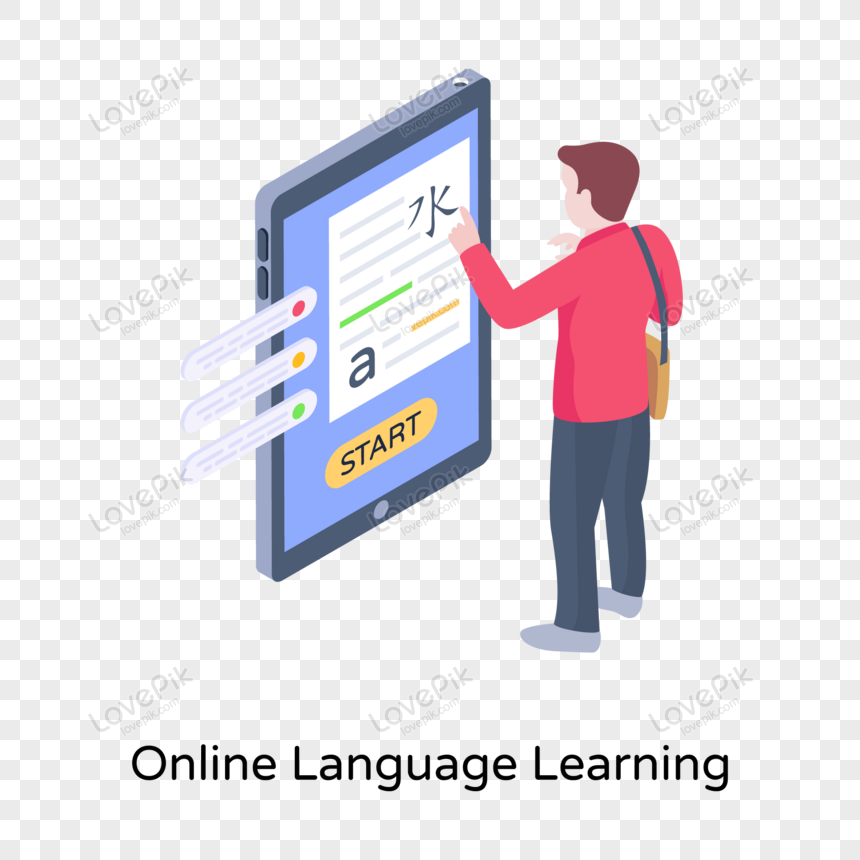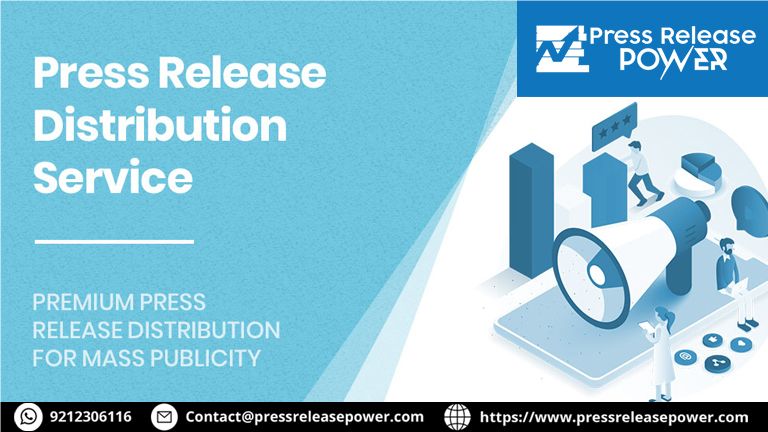How Can I Use Copywriting Techniques to Make My Calls-to-Action More Compelling?
A call-to-action (CTA) is a crucial element in any marketing or sales strategy. It serves as a prompt that encourages your audience to take a specific action, whether it's making a purchase, signing up for a newsletter, or contacting your business.

A call-to-action (CTA) is a crucial element in any marketing or sales strategy. It serves as a prompt that encourages your audience to take a specific action, whether it's making a purchase, signing up for a newsletter, or contacting your business. To create an effective CTA, you need to employ proven copywriting techniques that grab attention, convey value, and drive engagement. Here’s how you can use these techniques to make your CTAs more compelling.
1. Know Your Audience
Before crafting your CTA, it's essential to understand your target audience. Knowing their needs, desires, and pain points allows you to tailor your message specifically to them. Research your audience's demographics, interests, and behaviors. This understanding will enable you to create CTAs that resonate with them and prompt the desired action.
2. Use Action-Oriented Language
The language used in your CTA should be direct and action-oriented. Phrases like "Buy Now," "Get Started," and "Subscribe Today" clearly communicate what you want the audience to do. Avoid vague terms and ensure that the action you’re encouraging is unmistakable. Using strong action verbs makes your CTA more engaging and motivates users to take immediate action.
3. Create a Sense of Urgency
Adding a sense of urgency to your CTA can significantly increase its effectiveness. Phrases like "Limited Time Offer," "Only a Few Left," or "Act Now" create a feeling of scarcity and prompt users to act quickly. By emphasizing that the opportunity won’t last forever, you encourage users to act before it’s too late.
4. Highlight the Benefits
Your CTA should clearly convey the benefits that users will gain from taking the desired action. Instead of simply stating what they should do, explain what they will receive in return. For example, instead of "Download Our E-Book," use "Download Our E-Book to Discover Proven Strategies for Success." This approach focuses on the value users will gain, making the CTA more compelling.
5. Make It Visually Stand Out
The design of your CTA is just as important as its copy. Ensure that your CTA button or link stands out on the page. Use contrasting colors, larger fonts, and eye-catching designs to draw attention. A well-designed CTA button can make a significant difference in conversion rates, as it’s more likely to catch the eye of your audience.
6. Use Social Proof
Incorporating social proof into your CTA can increase its effectiveness. Social proof, such as customer testimonials, reviews, or user statistics, can reassure potential customers that they are making the right decision. For example, you might include a testimonial with a CTA like "Join Thousands of Happy Customers – Sign Up Today!"
7. Personalize Your CTA
Personalization can make your CTA more relevant and engaging. Use data and insights to tailor your CTA based on the user’s previous interactions with your brand. For instance, if a user has previously shown interest in a particular product, a personalized CTA like "Continue Where You Left Off" can be more effective than a generic call-to-action.
8. Test and Optimize
Continuous testing and optimization are crucial for improving the effectiveness of your CTAs. A/B testing different versions of your CTA can help you determine which elements are most effective. Test various copy, designs, and placements to see what resonates best with your audience. Use the data from these tests to make informed decisions and optimize your CTAs for better performance.
9. Keep It Simple and Clear
Simplicity and clarity are key to a compelling CTA. Avoid cluttering your CTA with too much information or too many options. Keep the message straightforward and focused on a single action. A clear, concise CTA is more likely to grab attention and drive conversions.
10. Ensure Mobile Optimization
With the increasing use of mobile devices, it’s essential to ensure that your CTA is optimized for mobile users. Make sure that your CTA buttons are easily clickable on smaller screens and that the message remains clear and compelling. Mobile optimization can significantly impact user experience and conversion rates.
Tailoring CTAs for Different Stages of the Customer Journey
To maximize the effectiveness of your CTAs, it's essential to tailor them to different stages of the customer journey. Each stage—awareness, consideration, and decision—requires a different approach to guide users toward conversion.
1. Awareness Stage
At the awareness stage, users are just discovering your brand or product. CTAs here should focus on providing valuable information and capturing interest. For example, you might use CTAs like "Learn More," "Read Our Guide," or "Discover Our Solutions." The goal is to educate users and build trust without pressuring them to make an immediate decision.
2. Consideration Stage
In the consideration stage, users are evaluating their options and considering how your product or service fits their needs. CTAs at this stage should offer more specific value and encourage deeper engagement. Phrases like "Compare Our Plans," "See the Benefits," or "Get a Free Demo" are effective. The focus is on highlighting what makes your offering unique and convincing users of its value.
3. Decision Stage
At the decision stage, users are ready to make a purchase or commit to your service. CTAs should be clear and action-oriented, driving users toward finalizing their decision. Examples include "Buy Now," "Start Your Free Trial," or "Sign Up Today." Ensure that the CTA clearly communicates the final step and any benefits associated with it.
Leveraging Psychological Triggers in Your CTAs
Psychological triggers can significantly enhance the effectiveness of your CTAs by tapping into users' emotions and motivations. Here are some key psychological triggers to consider:
1. Reciprocity
The principle of reciprocity involves giving something valuable in exchange for a desired action. Offer something for free, such as a valuable resource, and your CTA might be "Download Your Free E-Book." By providing value upfront, users may feel more inclined to reciprocate by taking the action you want.
2. Authority
Establishing authority can build trust and persuade users to act. Use CTAs that highlight endorsements from experts or showcase your industry authority. For example, "Join the Experts in [Your Field]" or "Trusted by Industry Leaders" can enhance credibility and encourage users to follow through.
3. Commitment and Consistency
The commitment and consistency principle involves encouraging users to make a small commitment, which can lead to larger actions. For instance, a CTA like "Start with a Free Trial" can encourage users to take a small, low-risk step that may lead to a full commitment later.
4. Social Proof
Social proof leverages the influence of others' behaviors and opinions. CTAs that incorporate social proof, such as "Join Thousands of Satisfied Customers," can persuade users by demonstrating that others have already made the decision to engage with your brand.
5. Scarcity and Urgency
Scarcity and urgency create a sense of limitation that drives users to act quickly. Phrases like "Limited Time Offer" or "Only a Few Spots Left" can prompt immediate action by highlighting that the opportunity may not be available for long.
Crafting CTAs for Different Platforms
Different platforms and channels require tailored CTAs to match their unique formats and user expectations. Here's how to adapt your CTAs for various platforms:
1. Website CTAs
On your website, CTAs should be strategically placed and visually prominent. Use compelling copy and design elements to draw attention. CTAs should align with the page’s content and user intent, guiding visitors toward desired actions such as filling out a form or making a purchase.
2. Email Marketing CTAs
In email marketing, CTAs should be concise and directly related to the email’s content. Position CTAs prominently within the email, using compelling language that encourages users to click. For example, "Claim Your Discount Now" or "Access Exclusive Content" can drive engagement.
3. Social Media CTAs
Social media CTAs should be engaging and aligned with the platform's format. Use action-oriented language and visuals to capture attention. For example, on Instagram, you might use CTAs like "Tap the Link in Bio" or "Swipe Up to Shop," while on LinkedIn, you might use "Join the Conversation" or "Download Our Whitepaper."
4. Paid Advertising CTAs
In paid advertising, CTAs need to be concise and compelling due to space constraints. Use direct, action-oriented language that aligns with the ad’s message. For example, "Get 20% Off Today" or "Request a Quote" should prompt users to take immediate action.
Analyzing and Refining Your CTAs
To ensure your CTAs are continually effective, it's crucial to analyze their performance and make data-driven adjustments. Here’s how to analyze and refine your CTAs:
1. Monitor Performance Metrics
Track key performance metrics such as click-through rates, conversion rates, and user engagement. Use analytics tools to gather data on how users interact with your CTAs and identify patterns or trends.
2. A/B Testing
Conduct A/B testing to compare different versions of your CTAs and determine which performs better. Test variations in copy, design, and placement to find the most effective combination for your audience.
3. Gather User Feedback
Collect feedback from users to understand their perceptions and experiences with your CTAs. Surveys, user interviews, and feedback forms can provide valuable insights into what resonates with your audience.
4. Optimize Based on Insights
Use the data and feedback collected to make informed decisions about refining your CTAs. Adjust elements such as copy, design, and placement based on what has been shown to drive better results.
5. Keep Up with Trends
Stay informed about the latest trends and best practices in copywriting and CTA design. Continuously update your CTAs to align with current trends and user preferences.
FAQs
Q1: What is the most effective type of CTA for increasing conversions?
The most effective type of CTA depends on your specific goals and audience. Generally, CTAs that use action-oriented language, create urgency, and highlight clear benefits tend to be the most effective. Testing different types of CTAs and analyzing their performance will help you determine what works best for your audience.
Q2: How often should I update my CTAs?
You should regularly review and update your CTAs to ensure they remain relevant and effective. Monitor performance metrics and user feedback to identify areas for improvement. Updating your CTAs periodically helps keep them fresh and aligned with current trends and user preferences.
Q3: Can I use the same CTA for different marketing channels?
While you can use the same CTA across different marketing channels, it's important to tailor it to the specific context of each channel. Different channels may have varying user behaviors and expectations, so adapt your CTA to fit the platform and audience while maintaining consistency in the overall message.
Q4: How do I measure the success of my CTA?
To measure the success of your CTA, track key performance indicators (KPIs) such as click-through rates, conversion rates, and engagement metrics. Analyze the data to understand how well your CTA is performing and make adjustments as needed to improve its effectiveness.
Q5: What role does design play in a CTA’s effectiveness?
Design plays a crucial role in a CTA’s effectiveness. A well-designed CTA button or link can attract attention and encourage users to take action. Ensure that your CTA is visually distinct, easy to find, and appealing to your audience. The design should complement the copy and enhance the overall user experience.
By employing these copywriting techniques and continuously optimizing your CTAs, you can create more compelling calls-to-action that drive user engagement and achieve your marketing goals.
Get in Touch
Website – https://www.webinfomatrix.com
Mobile - +91 9212306116
Whatsapp – https://call.whatsapp.com/voice/9rqVJyqSNMhpdFkKPZGYKj
Skype – shalabh.mishra
Telegram – shalabhmishra
Email -info@webinfomatrix.com
What's Your Reaction?










.jpg)










